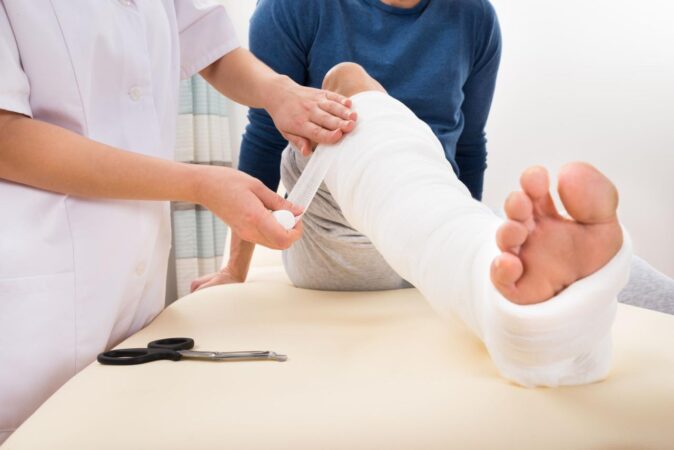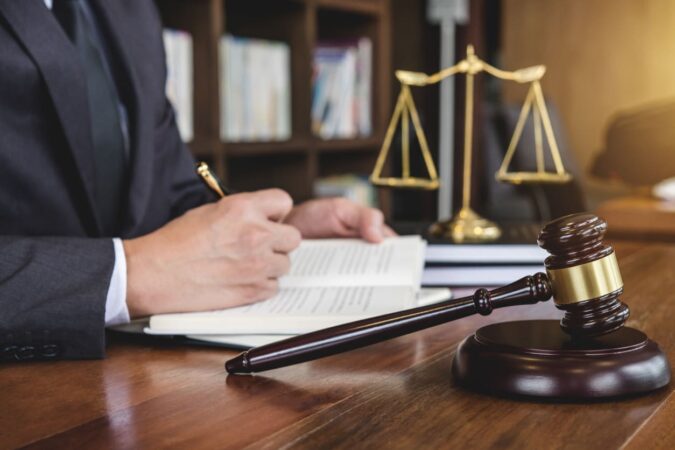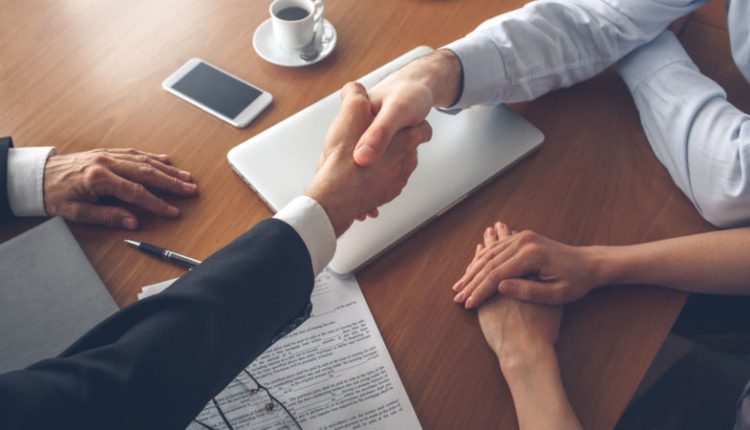
Understanding Slip and Fall Accidents in New York
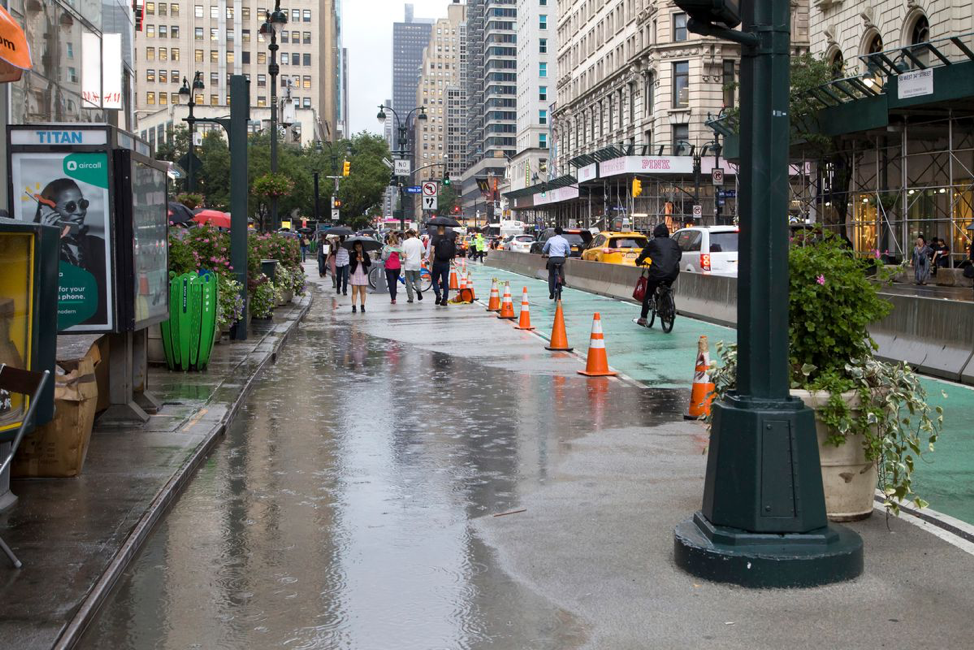
Slip and fall accidents are a common occurrence in New York City, with thousands of cases reported each year. These accidents can result in serious injuries, including broken bones, head injuries, and spinal cord injuries.
In New York, a slip and fall accident is defined as an accident that occurs when a person slips or falls due to a dangerous condition on a property. The dangerous condition can be anything from a wet floor to a broken sidewalk.
There are many common causes of slip and fall accidents in New York City. Some of the most common causes include:
– Wet floors
– Broken sidewalks
– Uneven surfaces
– Poor lighting
– Obstacles in walkways
The legal framework governing slip and fall liability in New York is complex. In general, a property owner is liable for injuries sustained by a person who slips and falls on their property if the property owner knew or should have known about the dangerous condition and failed to take reasonable steps to fix it.
Proving Negligence
In order to prove negligence in a slip and fall case, the plaintiff must show that:
– The property owner knew or should have known about the dangerous condition
– The property owner failed to take reasonable steps to fix the dangerous condition
– The plaintiff suffered injuries as a result of the dangerous condition
If the plaintiff can prove these elements, they may be entitled to compensation for their injuries.
Comparative Negligence
In some cases, the plaintiff may be partially at fault for their own injuries. For example, if the plaintiff was walking in a dimly lit area and failed to see a wet floor, the plaintiff may be partially at fault for their injuries. In such cases, the plaintiff’s damages will be reduced in proportion to their degree of fault.
Determining Liability in New York Slip and Fall Cases
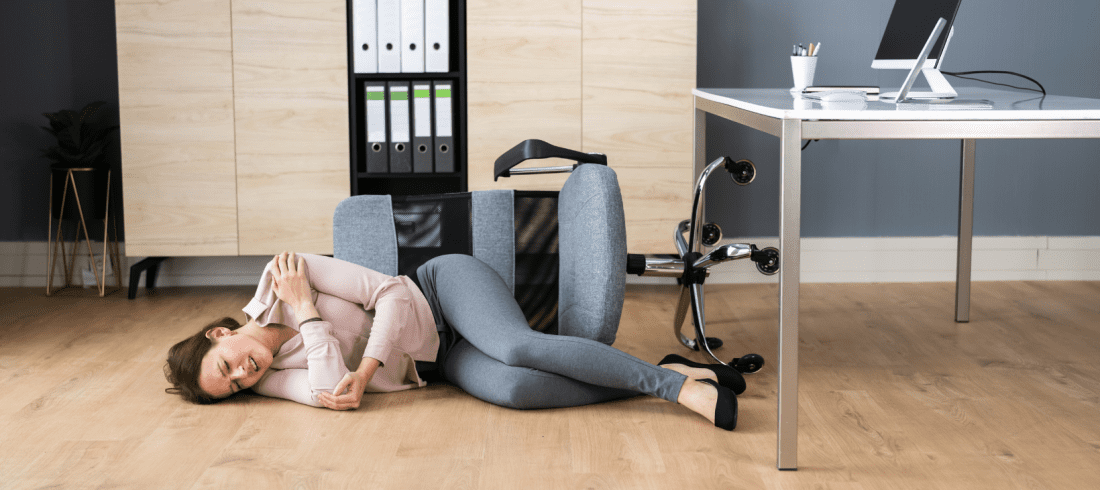
Establishing liability in New York slip and fall cases requires proving negligence. Negligence involves four key elements: duty of care, breach of duty, causation, and damages.
Premises liability is a legal concept that holds property owners responsible for injuries sustained by visitors due to hazardous conditions on their property. In slip and fall cases, premises liability applies when the property owner fails to maintain a reasonably safe environment for visitors.
Examples of Negligence in Slip and Fall Cases
- Failure to remove snow or ice from walkways
- Spills or leaks that create slippery surfaces
- Uneven surfaces or loose floorboards
- Inadequate lighting
- Failure to post warning signs about potential hazards
By proving these elements of negligence, an injured person can hold the property owner liable for their injuries.
Preventing Slip and Fall Accidents
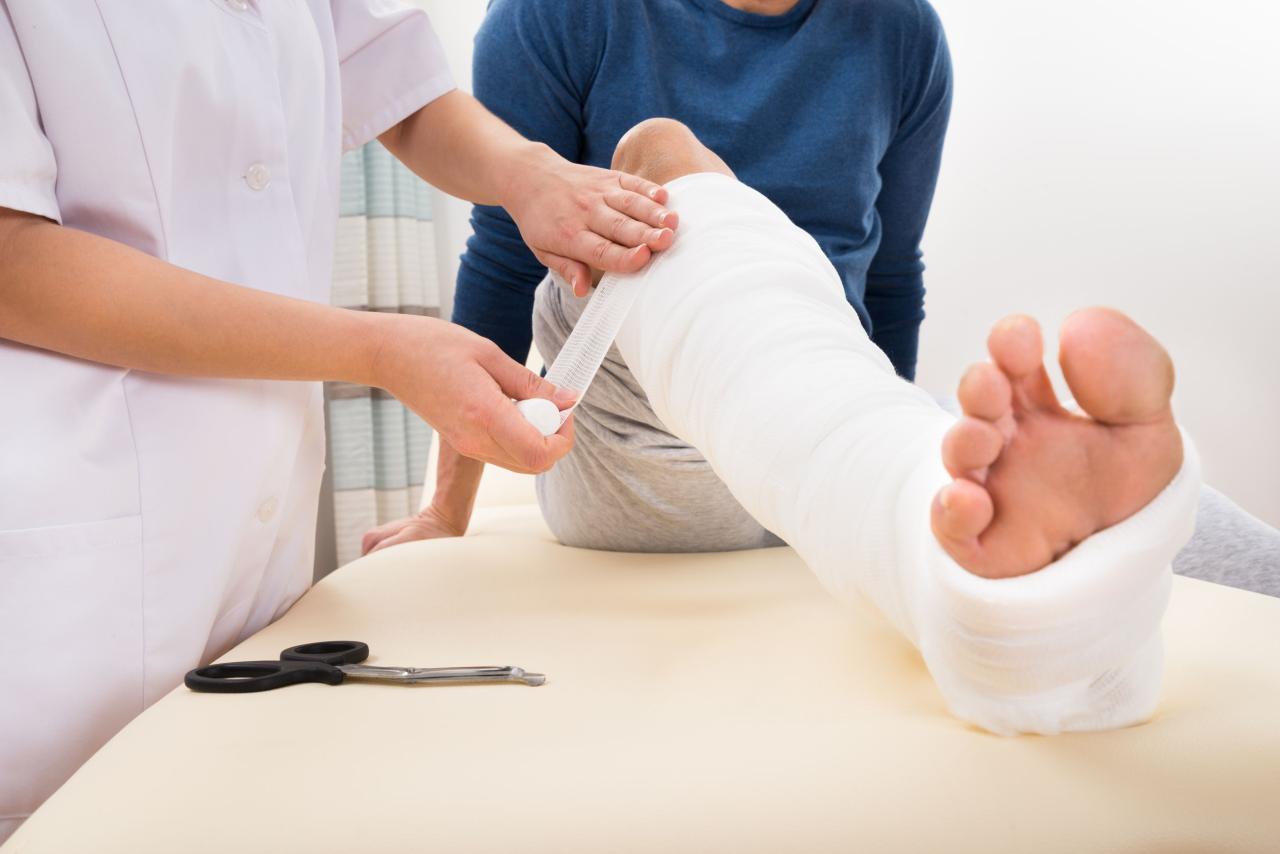
Preventing slip and fall accidents is crucial for maintaining a safe environment and reducing the risk of injuries. Identifying common hazards and implementing practical preventive measures can significantly decrease the occurrence of these accidents.
To prevent slip and fall accidents, it is essential to:
Identify Common Hazards
- Uneven surfaces, such as broken or cracked sidewalks, uneven flooring, or loose carpets.
- Wet or slippery surfaces, including spilled liquids, wet floors, or icy sidewalks.
- Poor lighting conditions, making it difficult to see potential hazards.
- Obstructions in walkways, such as boxes, equipment, or clutter.
- Lack of handrails or guardrails in areas where there is a risk of falling.
Practical Prevention Tips
Implementing practical prevention tips can help reduce the risk of slip and fall accidents in various settings:
Residential Settings
- Keep floors clean and dry by promptly cleaning up spills and leaks.
- Secure loose carpets and rugs with non-slip backing or tape.
- Install grab bars in bathrooms and showers.
- Ensure adequate lighting throughout the home.
Commercial Settings
- Regularly inspect floors for hazards and clean up spills immediately.
- Use non-slip mats in areas prone to spills or moisture.
- Provide clear signage to warn of potential hazards.
- Ensure proper lighting and maintain walkways free of obstructions.
Outdoor Settings
- Clear snow and ice from sidewalks and walkways.
- Repair uneven surfaces and cracks in pavement.
- Provide adequate lighting in parking lots and other outdoor areas.
- Use salt or sand to improve traction on icy surfaces.
